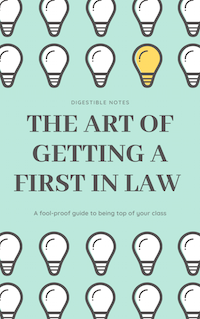Robbery
Introduction
⇒ Section 8 of the Theft Act 1968 defines robbery. In essence robery is made up of two elements:
- (1) It must be shown that the defendant has committed theft (see notes on theft here). The mens rea and actus reus of theft must be proved.
- (2) It must be shown that the defendant has used or threatened force at the time of the theft.
The second requirement: threat or use of force
⇒ There are three elements in this second requirement:
⇒ (1) There must be the use of force or treat of force → force is to be given its ordinary meaning by the jury. However, the level of force need be of only a minimal kind. See, for example, R v Dawson [1976].
⇒ (2) The force must be used in order to steal and not for any other purpose → this means that the defendant must be aware that he or she is using force and intends to use that force in order to steal.
⇒ (3) The force must be used at the time of the theft or immediately before it → it is not robbery if the force is used simply in order to make a getaway from a scene of a theft. See, for example, R v Hale (1976).
The Art of Getting a First in Law - ONLY £4.99
FOOL-PROOF methods of obtaining top grades
SECRETS your professors won't tell you and your peers don't know
INSIDER TIPS and tricks so you can spend less time studying and land the perfect job
We work really hard to provide you with incredible law notes for free...
The proceeds of this eBook helps us to run the site and keep the service FREE!

